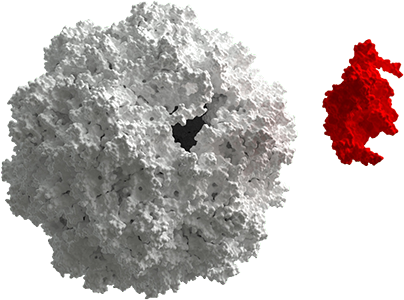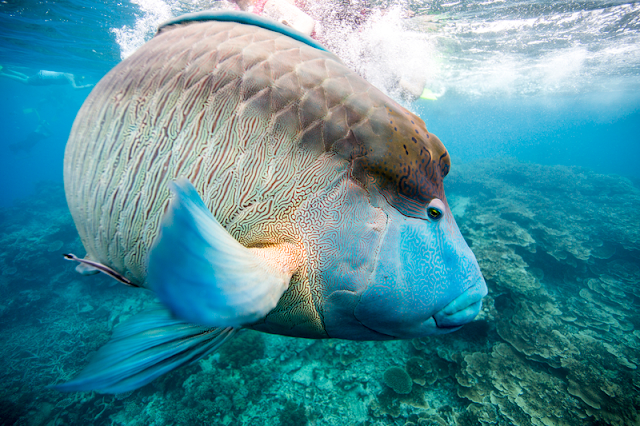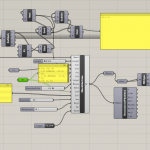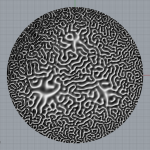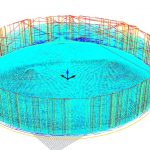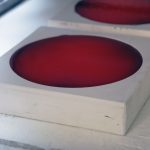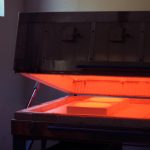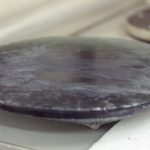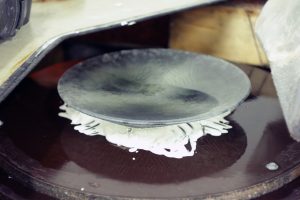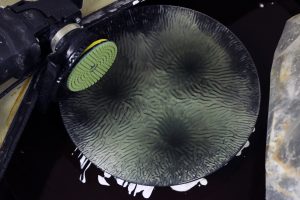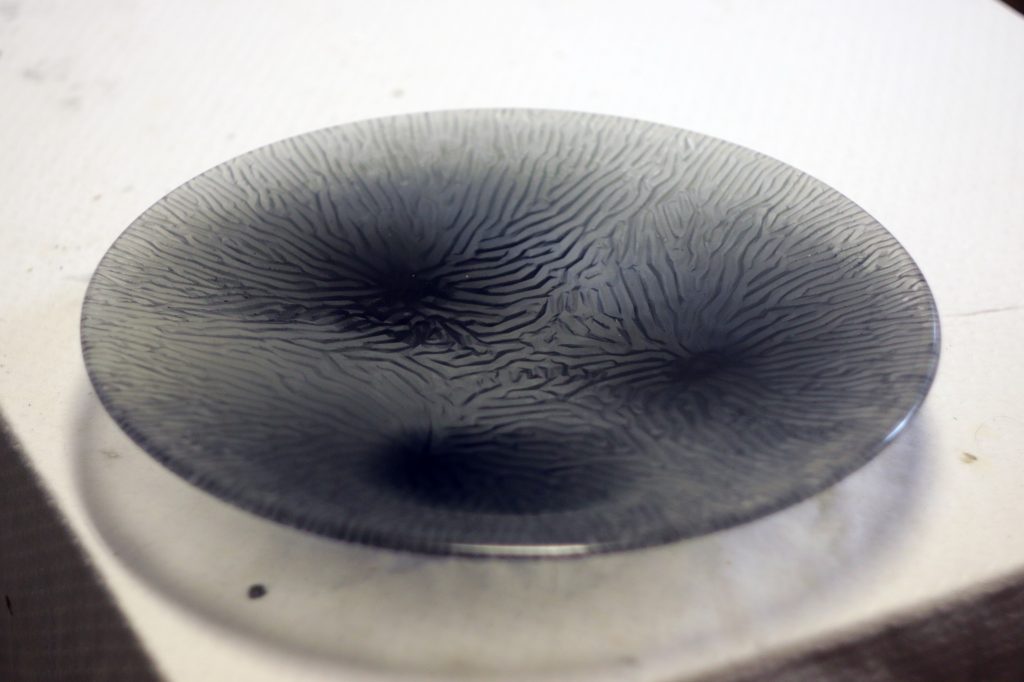This is the first post from the algorithmic growth series of objects, created through the process of generative design. These organic looking objects come from the backgoud of Allan Turing´s theory of the natural pattern creation. ¨This concept introduced by English mathematician Alan Turing in a 1952 paper titled “The Chemical Basis of Morphogenesis” which describes how patterns in nature, such as stripes and spots, can arise naturally and autonomously from a homogeneous, uniform state. / The original theory, a reaction–diffusion theory of morphogenesis, has served as an important model in theoretical biology. / Turing proposed a model wherein two homogeneously distributed substances (P and S) interact to produce stable patterns during morphogenesis. These patterns represent regional differences in the concentrations of the two substances.¨ (Wikipedia)
I used this theoretical models in modeling software, to create organic patterns applied at the mathematical model of the relaxed elastic membrane created among 3 points and the circle abow them. The object created by this formula is yet another example of the naturally created geometry.
